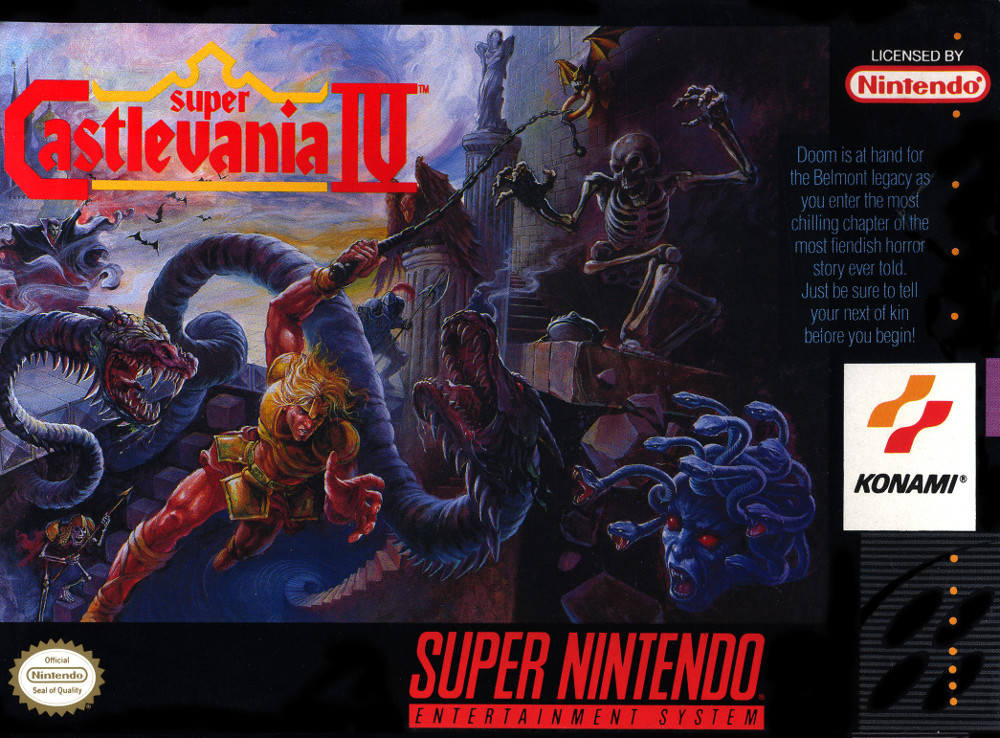Nintendo Content Policy


United States
Nintendo’s historical approach to family friendly content in its games is well known. Throughout the 1980s and into the 1990s Nintendo, especially Nintendo of America, strictly curtailed the content that could be included in games released on its consoles. Having rejuvenated the console market, Nintendo established licensee arrangements with games publishers, who would pay to produce Nintendo games (Donovan 2010). This provided Nintendo with control over what games could be played on its consoles (the Nintendo Entertainment System [NES] and later Super Nintendo Entertainment System [SNES]), and encouraged developers and publishers to produce games with Nintendo’s content regulations in mind. Games from Japan that featured sexual content, for example, were effectively banned from Nintendo’s U.S. market. In Mortal Kombat (1992, Acclaim Entertainment), Nintendo required that the publisher Acclaim re-colour red blood as white sweat and remove instances of gore, including the famous “fatality” moves. The Mortal Kombat version released by Sega on its Genesis (Sega Mega Drive) console retained these elements from the arcade version and sold over double the number of units that Nintendo did.
The “Nintendo of America Video Game Content Guidelines” state that since 1988 Nintendo has “tested the content of all games developed for Nintendo systems” in relation to changing notions of “what society as a whole deems unacceptable”, producing “entertainment that reflects the acceptable norms of society”. The 1993 iteration of these guidelines specified ten broad category limitations on content, including sexually suggestive or explicit content, gratuitous or excessive violence, domestic violence, graphic illustration of death, symbols related to racial, religious or nationalistic groups, profanity, and illegal drugs, among other things. Adherence to these guidelines required extensive localisation of Nintendo games produced in Japan for sale in the United States. For example, in the franchise Castlevania (1987-) the crucifixes are replaced by boomerangs used to kill Dracula, while in Super Castlevania IV (1991) a formerly nude Greek statue is clothed.
Game manuals and dialogue also avoided referring to death, killing, and lives by employing various euphemisms, such as defeat, destruction, and chances. Douglas Crockford (1993) famously described his experience of adapting the game Maniac Mansion (1989, LucasArt) in relation to Nintendo’s content regulations. Although profanity was removed from in-game dialogue (e.g. “The meteor is going to be pissed” became “The media is going to be mad”), Nintendo required a number of further changes, including that an (unintentional) allusion to cannibalism be removed, and that the presence of a swimsuit calendar and a poster featuring an Egyptian mummy in a playmate pose be addressed. Crockford suggests these requirements were difficult to interpret, given that content remaining in the game included the possibility of placing a hamster in a microwave and regular sexual allusions made by the character Nurse Edna.
Unlike the Hays Code, Nintendo’s content code was developed unilaterally, differentiating the company from the games industry more broadly, and without a direct relationship to any specific panic. During the U.S. Senate Hearings into video games in 1993-94, Nintendo expressed little interest, in comparison to Sega, in the development of a shared rating system for games; its “Nintendo of America Video Game Content Guidelines” would suffice. The establishment of the Entertainment Software Rating Board (ESRB) and its rating system in 1994 led to Nintendo relaxing its content standards, which were seen by some to have contributed to a reputation as a console for children and thus alienating the company from older market demographics. In 1994, Mortal Kombat II was released on the Super Nintendo Entertainment System (SNES) with a content warning, referring to its graphic depictions of blood and fatality moves available as on other consoles. Today, Nintendo of America uses the ESRB categories, but will not license AO (Adults only) rated games for its consoles. – Liam Grealy
Further reading:
– Donovan, T 2010. The history of video games. Yellow Ant: East Sussex.